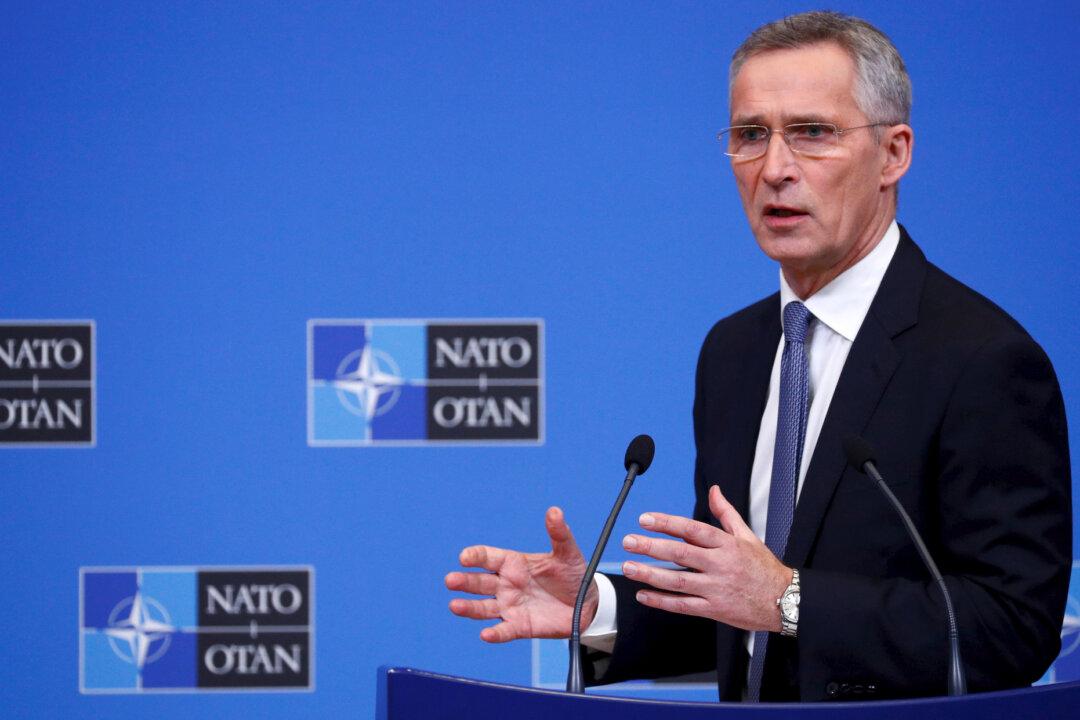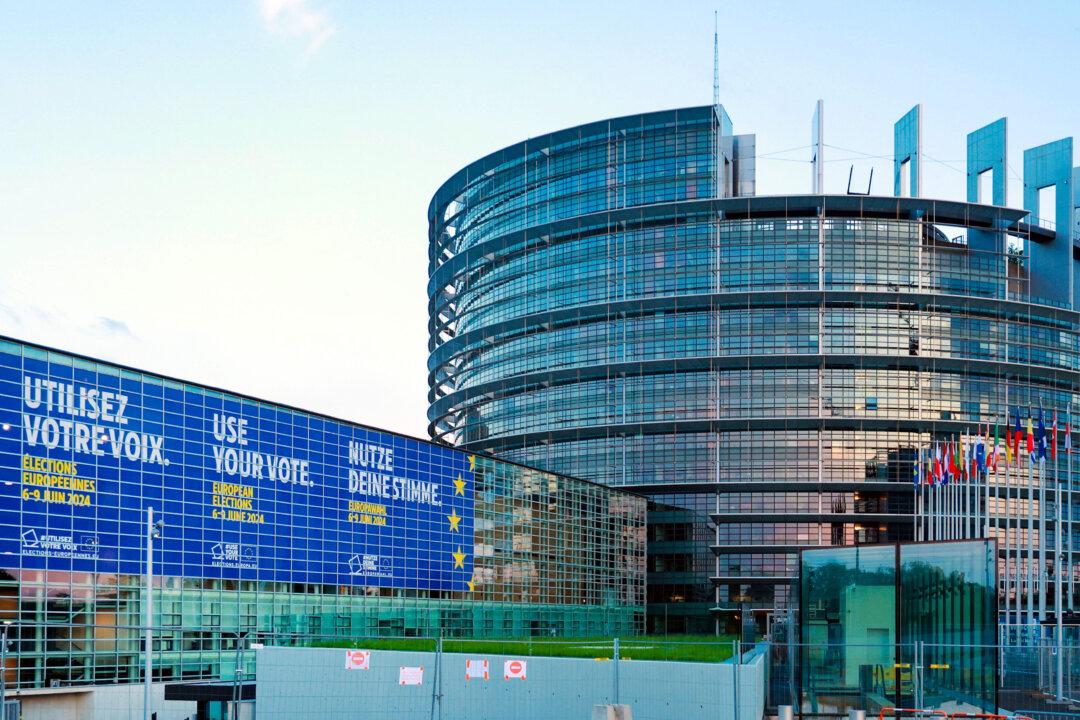The Iraqi government has given NATO the green light to stay in the country, the alliance’s chief said Thursday, weeks after Iraq demanded foreign forces leave the country over the U.S. killing of Iran’s top general near the Baghdad airport.
Defense ministers of NATO Allies approved yesterday at a meeting in Brussels, Belgium, a plan to move hundreds of trainers working with the Global Coalition to Defeat ISIS in Iraq to NATO’s mission of helping to build up the Iraqi army to the point that it will be able to maintain stability and security in the country on its own.





